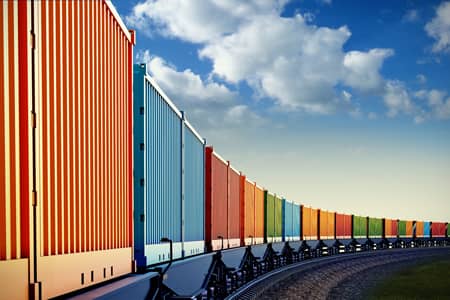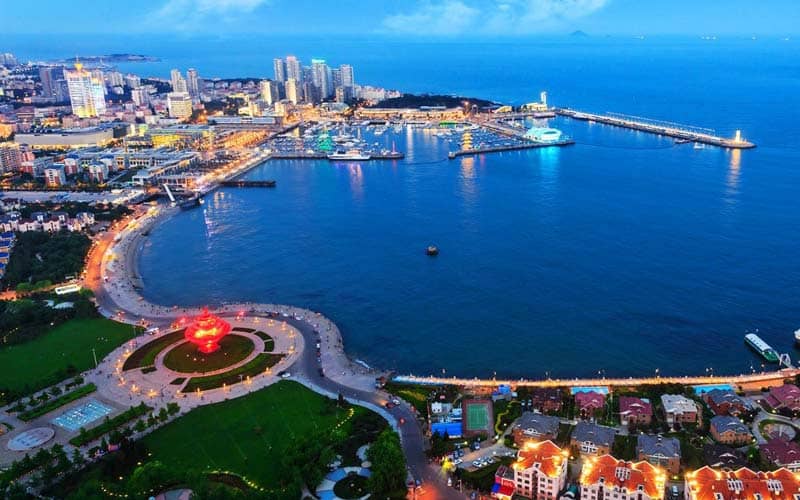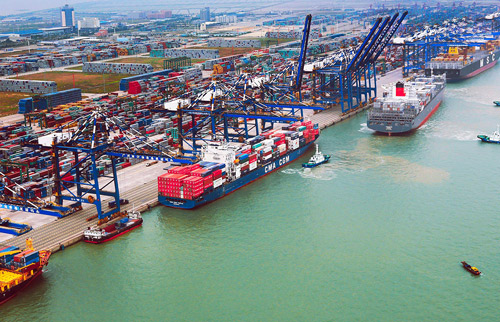
International Transportation
International shipping rules: The international transportation industry has common rules that countries are in some cases required to comply with a series of laws in general and other laws in particular. These laws amount to 60 conventions, agreements and protocols that we have in this article. We have dealt with the most important of them: Customs rules: Refers to the customs laws of the country that are applicable within the same country. International Trade Terms (Incoterms): Refers to the formal rules of the Chamber of Commerce that are used to interpret business terms.

TIR Convention: Refers to a set of international laws (between countries) that vehicles of the member states of this convention are not inspected at the border of countries except in suspicious cases. CMR Convention: Refers to a set of rules that govern the relationship between carrier, sender and receiver. Dangerous Goods Convention (ADR): Refers to a set of transport laws that are used to standardize and coordinate the transport of dangerous goods across continental Europe. Economic Cooperation Organization (ECO) Trade Transit Agreement: It is a set of trade transit rules between the eight ECO member countries. Harter Law: It is a set of maritime laws that are used to prevent the abuse of shipowners and maritime carriers. The Hague Convention: Refers to a set of rules for the unification and integration of maritime laws around the world. Visby Convention: The terminology is called the Wisby Convention Bill. Hague-Visby Convention: These are the terms of the law of lah that are used to carry a container by ship. Hamburg Convention: The laws are amended in the Hague-Visby Convention. York Antwerp Convention: Laws are those in which, in times of need, at the discretion of the ship's captain, some goods are thrown into the sea to save the ship's goods. International Civil Aviation Convention (Chicago):
There are laws between countries in which each member state of this convention recognizes the absolute sovereignty of each member state over that country's airspace. Convention (Warsaw): Refers to a set of rules used to standardize aviation regulations. Tokyo Convention: Refers to the set of rules laid down for aircraft and acts committed on aircraft. CIM International Convention: Is a set of rules related to the transportation of goods by rail. Regulations and regulations for the transport of hazardous substances: In Iran, the Cabinet of Ministers enacted Regulation 45 on 12/27/2001, which is an article with relevant annexes for road transport, which is taken from the ADR Global Agreement. The five main axes of these regulations are as follows: 1- Identification and classification of goods 2- Safety labels and signs 3- Duties and responsibilities of the individuals and units involved (owner of the goods, sender of the goods, personnel of the executive units related to the transportation of goods, etc.) 4- Documents for transporting dangerous goods 5- Guide for immediate actions for emergencies and crises

